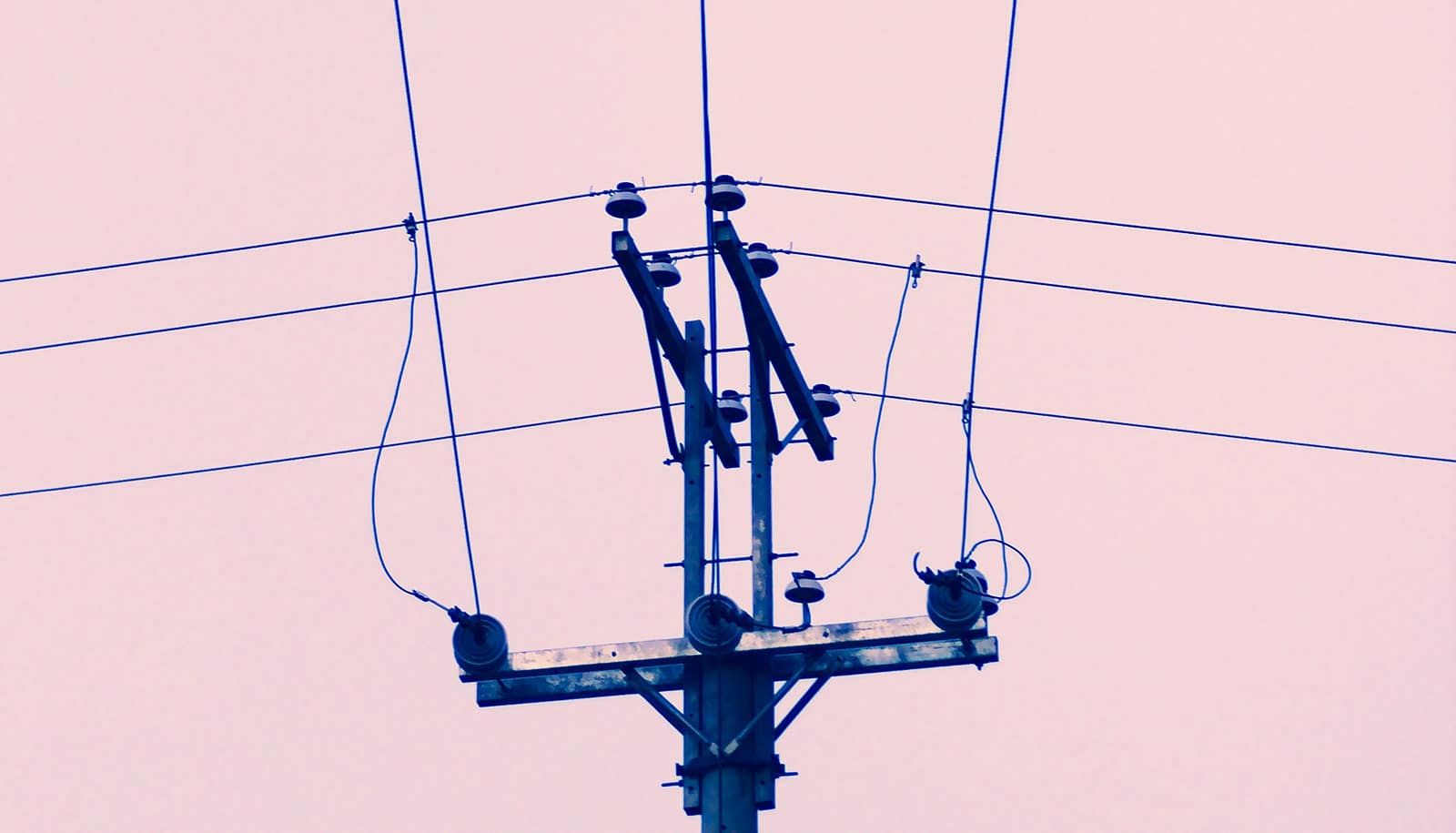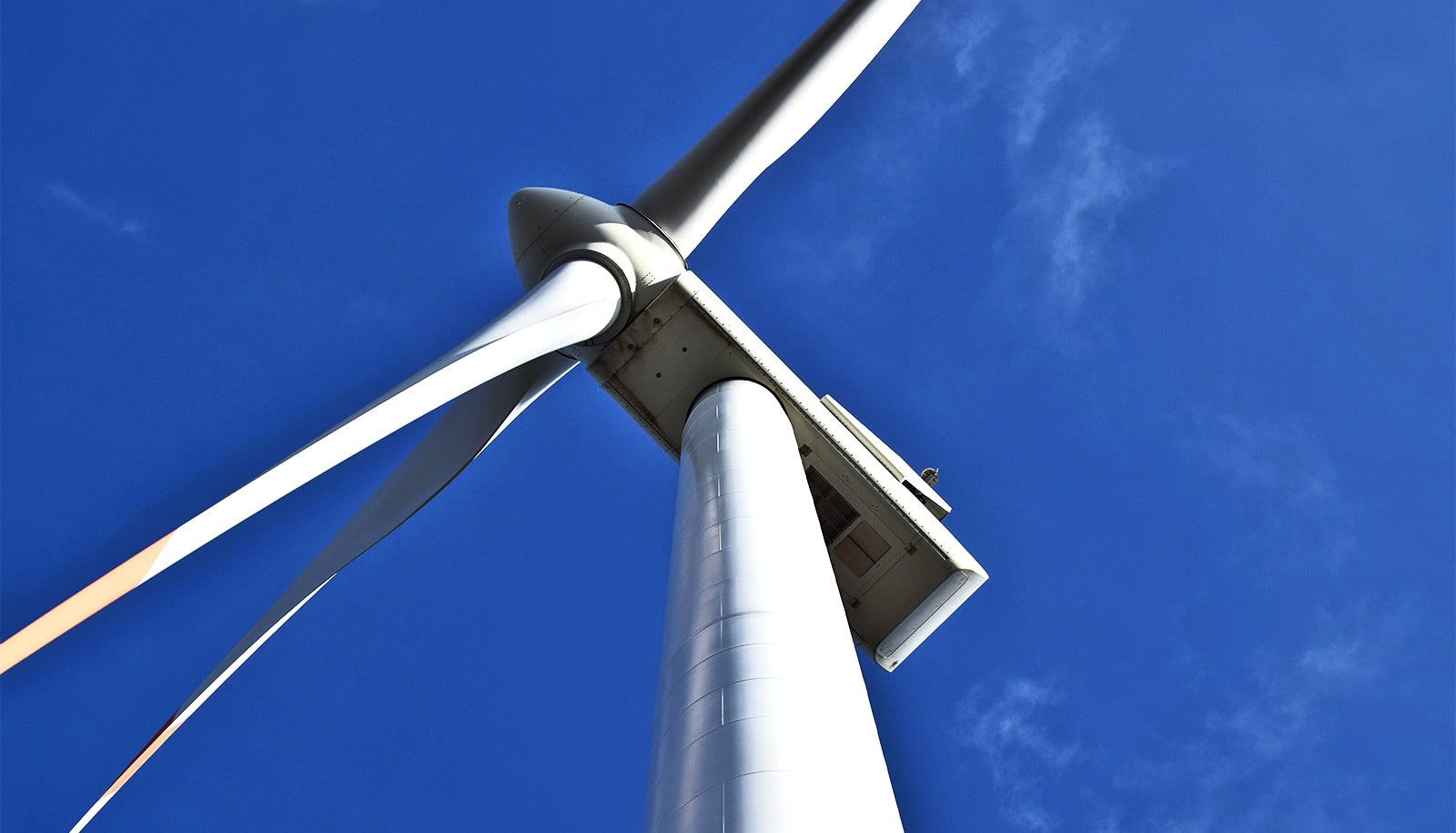There would be value in connecting the eastern and western power grids in the United States, say researchers.
Seven “threads”—back-to-back, high-voltage, direct-current connections—join America’s Eastern and Western interconnections and have 1,320 megawatts of electric-power handling capacity. (The seam separating the grids runs, roughly, from eastern Montana, down the western borders of South Dakota, Nebraska, and Kansas, and along the western edges of the Oklahoma and Texas panhandles. Texas, with its own grid, is mostly outside the two big grids.)
And they are big grids—the eastern grid has a generating capacity of 700,000 megawatts and the western 250,000 megawatts. So, up to 1,320 megawatts isn’t much electricity moving between the two.
But what if there were bigger connections between the two grids? What if more power moved back and forth? Could that move Iowa wind power, Southwest solar power, and Eastern off-shore wind power from coast to coast? Could the West help the East meet its peak demand, and vice versa? Would bigger connections boost grid reliability, resilience, and adaptability? Would the benefits exceed the costs?
Yes, according to the Interconnections Seam Study, a two-year study launched as part of a Grid Modernization Initiative announced in January 2016 by the US Department of Energy.
Researchers shared early findings during a 2018 symposium at Iowa State and the latest findings in two papers (first, second) in IEEE Transactions on Power Systems.

How linking power grids play out?
Iowa State University engineers contributed computer modeling expertise to the project, building a capacity expansion model that simulates 15 years of improvements to power generation and transmission. The model includes four designs for cross-seam transmission and eight generation scenarios with differences in transmission costs, renewable-electricity generation, gas prices, and retirements of existing power plants.
The models took the grid-improvement process up to 2038. Researchers from the US Department of Energy’s National Renewable Energy Laboratory in Colorado used the 2038 data to complete an hour-by-hour model of one year of power-sharing across the seam.
“The results show benefit-to-cost ratios that reach as high as 2.5, indicating significant value to increasing the transmission capacity between the interconnections under the cases considered, realized through sharing generation resources and flexibility across regions,” says a summary of the latest paper.
“So, for every dollar invested, you get up to $2.50 back,” says James McCalley, Iowa State professor in engineering, chair in power systems engineering, and coauthor of the paper.
And what about the cost?
McCalley says it would take an estimated $50 billion to build what researchers are calling a “macrogrid” of major transmission lines that loop around the Midwest and West, with branches filling in the middle and connecting to Texas and the Southeast.
The more transmission across the seam, the better, according to the researchers’ paper published this summer.
“B/C (benefit-to-cost) ratio tracks cross-seam transmission capacity: The conditions resulting in the highest cross-seam transmission capacity are the conditions having the highest B/C ratio,” the researchers write.
One key finding in the study: “Cross-seam transmission pays for itself: This shows that under conditions associated with a high-renewable future greater than 40%, cross-seam transmission benefits exceeds costs, based only on a 35-year period to assess savings generated by generation investments and operational efficiencies.”
McCalley says the macrogrid pays for itself in three primary ways:
Over a day, different parts of the country have peak demands at different times. With a macrogrid, different regions can help each other meet their daily peaks.
As coal- and gas-fired power plants are retired, a macrogrid allows wind- and solar-power resources to be shared across the country. “The Midwest makes wind energy,” McCalley says. “But not as many people live in the Midwest. So we need to move that energy.”
Utilities now have to build extra capacity to meet their highest demand of the year. A macrogrid can help different parts of the country meet each other’s peak demand, therefore decreasing the amount of peak capacity that has to be built in any once place.
And if there’s a storm?
And what about storms—such as the derecho that blew across Iowa in August 2020 or the ice storm that cut off power to Texas in February 2021? Could a macrogrid help with those kinds of disasters?
“Another benefit of the macrogrid is being able to deal with these kind of resilience problems,” McCalley says. “You could get electricity assistance from other regions very simply.”
While studies are beginning to quantify the value of an American macrogrid, McCalley says there are many challenges to actually seeing one built. There’s cost, certainly. There are policy and political decisions, as well. And there are people who don’t want transmission lines, wind turbines, or solar panels anywhere nearby.
What does he say to those people?
“My response has been that every form of energy has negatives,” McCalley says. “Tell me a better alternative.”
Source: Iowa State University


